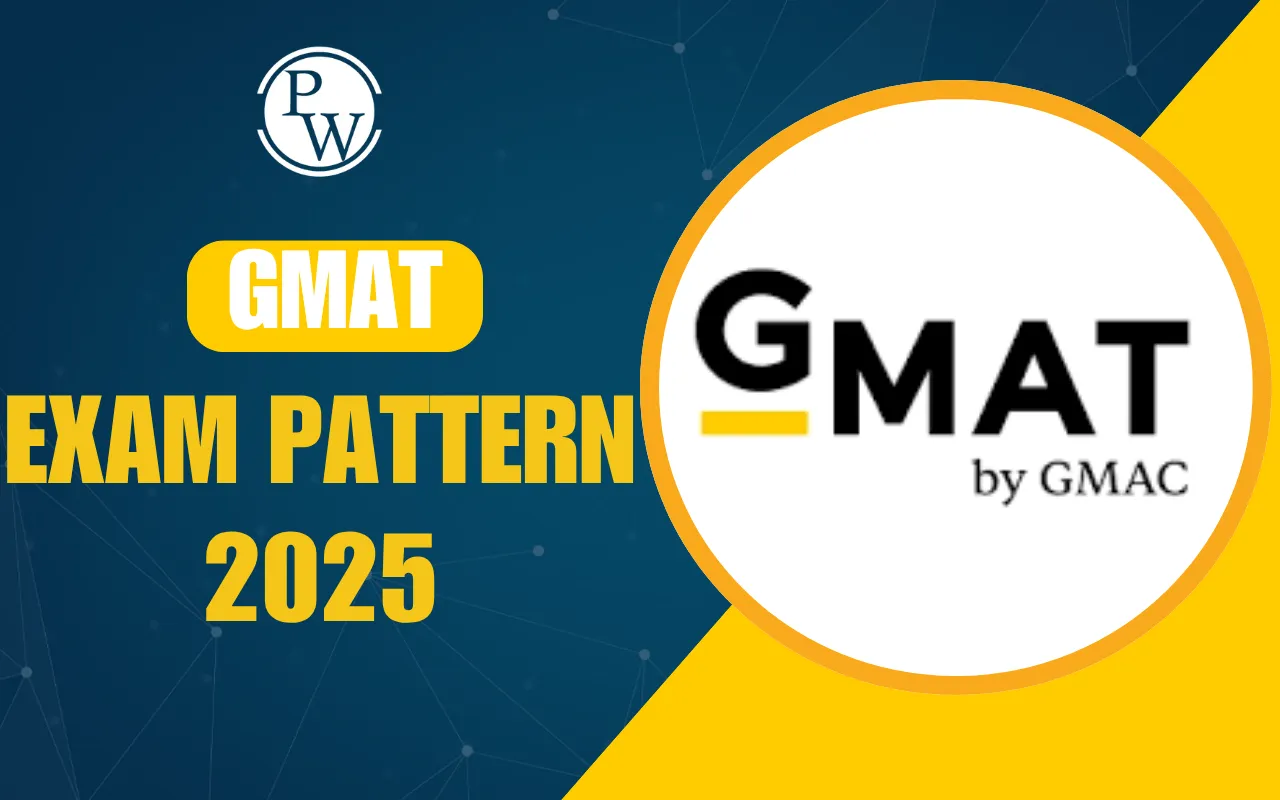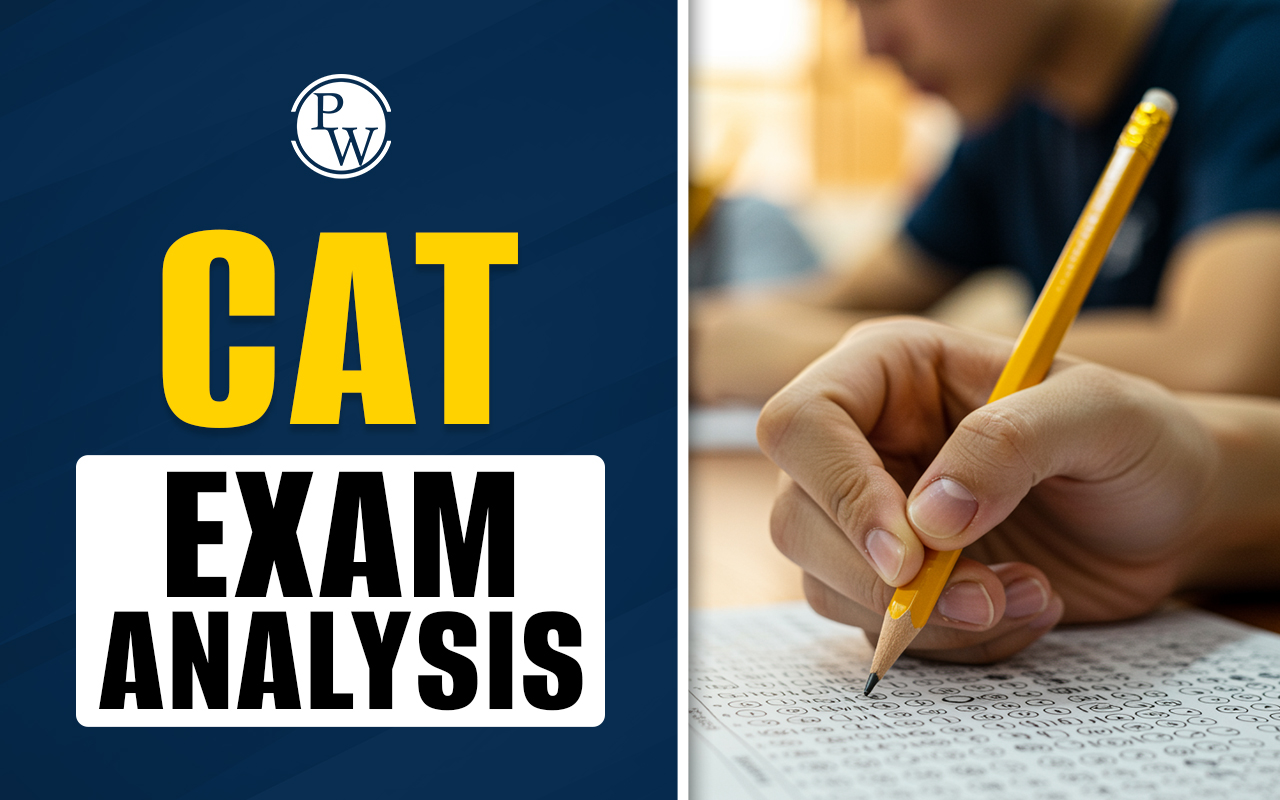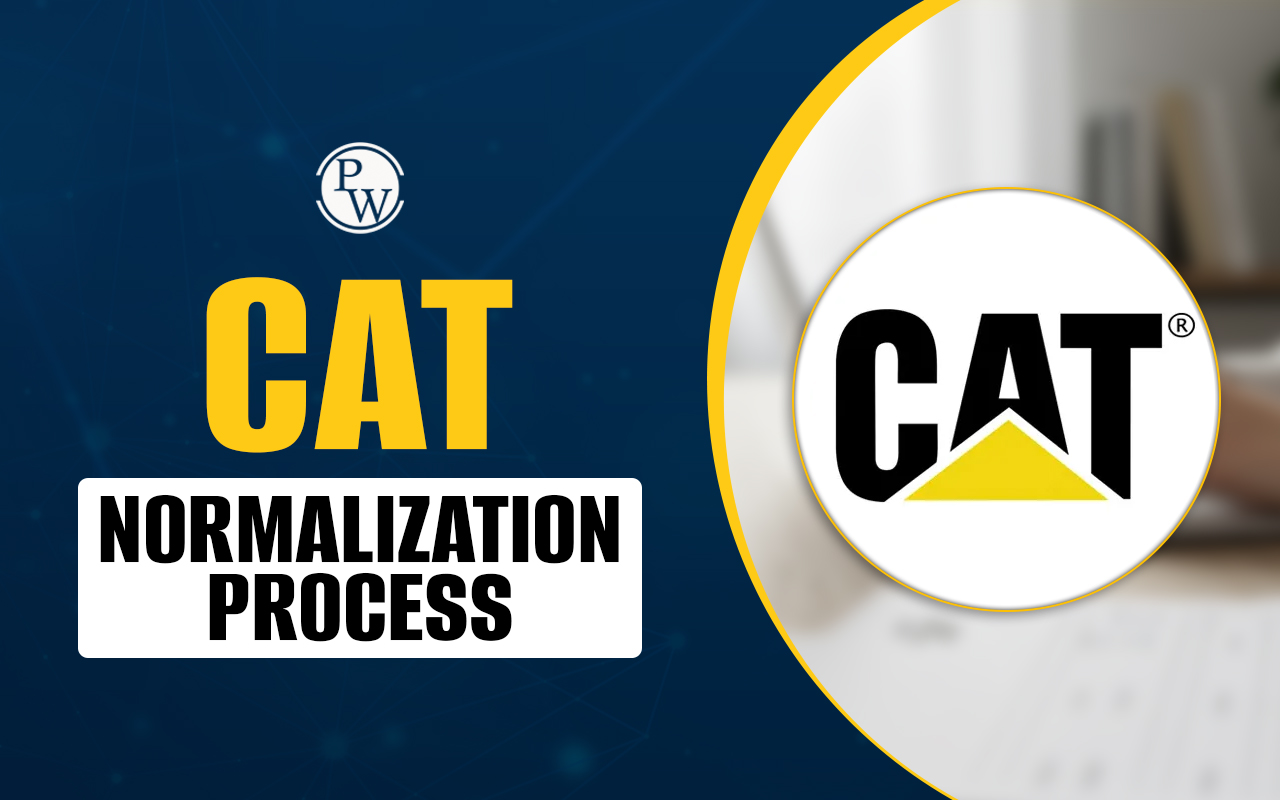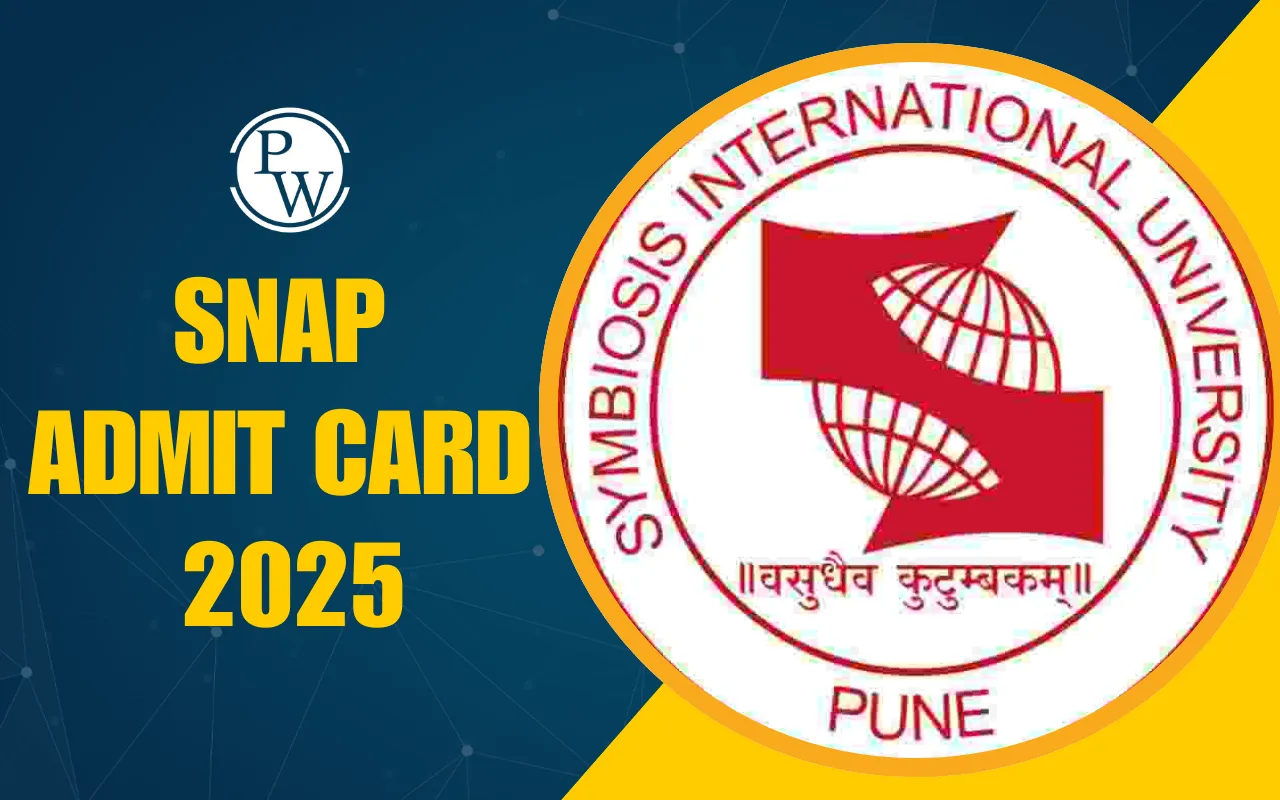
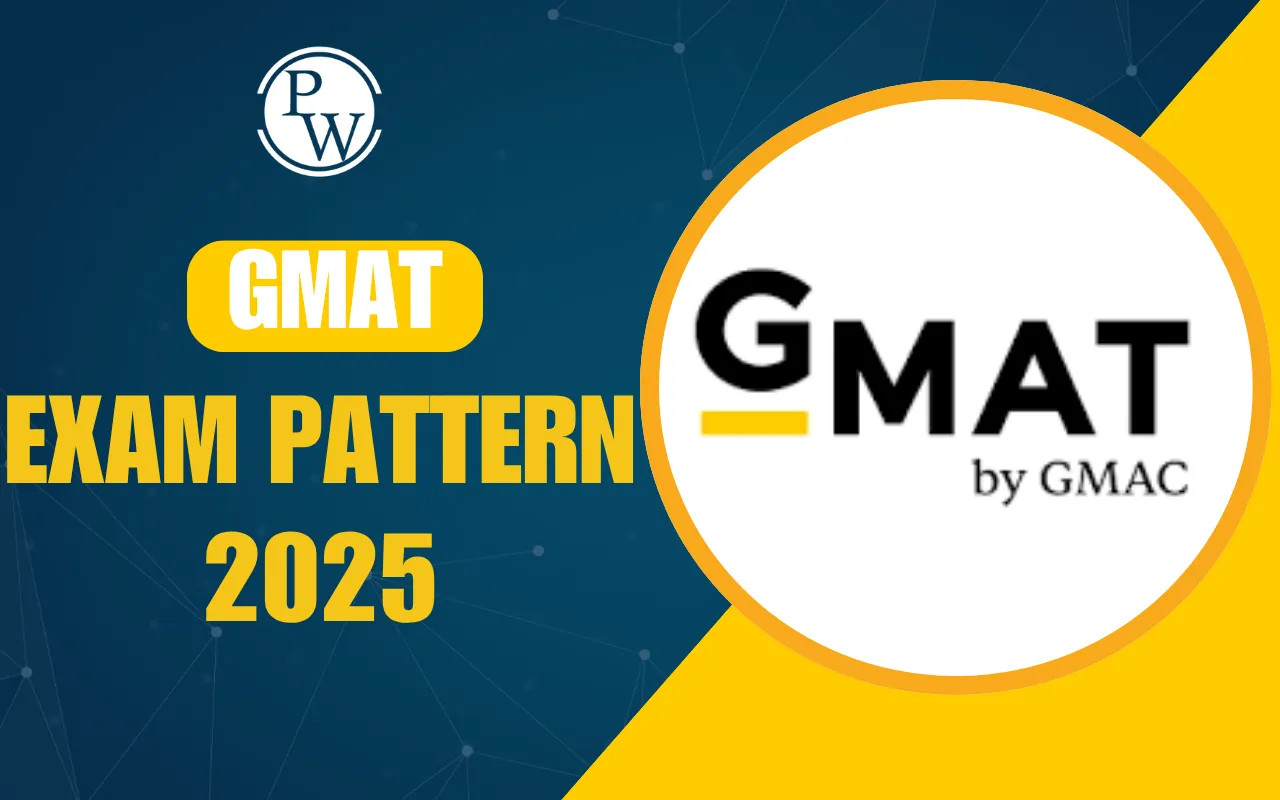
GMAT Exam Pattern 2025: Before beginning your preparation for any exam, it's crucial to understand its format and syllabus. As per the GMAT Exam Pattern, the question paper consists of 64 questions distributed across 3 sections. These sections include both objective and subjective questions.
GMAT question paper comprises 64 questions divided into three sections: Quantitative Reasoning, Verbal Reasoning, & Data Insights. GMAT 2025 Exam Pattern comprises only objective questions tested in the MCQ format. The GMAT Exam Pattern for the Focus Edition focuses on assessing the applicant's problem-solving skills, challenging critical thinking, and testing data analysis skills.
GMAT Exam Pattern 2025 Overview
The Graduate Management Admission Council (GMAC) has introduced the GMAT Focus Edition, featuring several updates to the exam pattern compared to earlier versions. The revised GMAT 11th Edition includes notable changes in both the syllabus and structure. These modifications reflect a more focused and streamlined assessment approach.
The table below outlines the updated GMAT Exam Pattern for the GMAT Focus Edition 2025, highlighting the key differences from the previous format.
|
GMAT Exam Pattern 2025 Overview |
||
|
GMAT Focus Edition Section |
Number of Questions |
Time Duration |
|
Quantitative Reasoning |
21 |
45 minutes |
|
Verbal Reasoning |
23 |
45 minutes |
|
Data Insights |
20 |
45 minutes |
|
Total |
64 |
2 hours 15 minutes |
|
Breaks |
1 optional break of 10 minutes |
|
It is important to note that the Analytical Writing Assessment (AWA) section has been eliminated in the revised format. A newly introduced section, known as Data Insights, now takes its place. Additionally, Sentence Correction (SC) has been removed from the exam, while Data Sufficiency (DS) questions have been integrated into the Data Insights (DI) section.
GMAT Exam Pattern for Quantitative Reasoning
The Quantitative section of the GMAT Focus Edition evaluates a candidate’s ability to interpret data and draw logical conclusions using analytical reasoning. Here's how this section is structured:
-
Candidates are assessed on their problem-solving skills through topics related to arithmetic and algebra.
-
One key advantage in the Focus Edition is the availability of an on-screen calculator for the Quant section, eliminating the need to carry a physical calculator.
-
Notably, geometry-based questions have been removed from the latest GMAT exam pattern, streamlining the focus on core quantitative reasoning skills.
-
The following topics are included in the Quantitative Reasoning Section for GMAT Focus Exam:
Number System
Averages
Ratio and Proportion
Mixtures and Allegations
Percentages
Profit, Loss, and Discounts
Time, Speed, Distance, and Work
|
Also Read |
|
|
GMAT Exam Date |
|
GMAT Exam Pattern for Verbal Reasoning Section
This section of the GMAT Focus Edition assesses a candidate’s proficiency in reading comprehension and critical reasoning using standard written English. It is designed to evaluate how well candidates understand written material and draw logical conclusions.
The Verbal Reasoning format in the Focus Edition remains largely unchanged, consisting of 23 questions to be answered within 45 minutes. The Verbal Reasoning section features two types of multiple-choice questions:
-
Reading Comprehension: Candidates read passages of up to 350 words and answer questions that test their ability to interpret the content, infer meanings, and recognize logical connections.
-
Critical Reasoning: These questions assess the ability to analyze and evaluate arguments presented in short text passages.
GMAT Exam Pattern for Data Insights
Data Insights is a newly introduced section in the GMAT 2025 Exam Pattern, aimed at evaluating a candidate’s ability to comprehend and analyze data in real-world business scenarios. This section reflects the increasing importance of data-driven decision-making in modern management roles
In the Data Insights section, candidates will be tested on their ability to interpret and synthesize information presented in various formats such as tables, charts, and graphs. The GMAT 2025 Exam Pattern mirrors how professionals today gather, assess, and apply data from multiple sources to identify trends, make informed decisions, and solve complex business problems. This section consists of 20 questions to be completed in 45 minutes.
How GMAT Test Computer Adaptive?
The GMAT exam features a unique computer-adaptive format in its Quantitative and Verbal Reasoning sections. This means the test adapts in real time based on a candidate’s performance, making it one of the most precise tools for evaluating analytical and reasoning abilities. Business schools rely on this adaptive scoring system to accurately assess applicants' skill levels.
Here’s how the computer-adaptive testing (CAT) system works on the GMAT:
-
The test begins with a medium-difficulty question in both the Verbal and Quant sections.
-
Based on your response, the difficulty of the next question increases or decreases.
-
Correct answers lead to harder questions, improving your potential score.
-
Incorrect answers lead to easier questions, which can lower your scoring range.
-
The exam continues to use this adaptive logic until the end of each section.
-
Your performance on early questions is crucial—getting the first 10–15 questions right can place you in a higher scoring bracket.
-
You cannot go back to change an answer once submitted, so accuracy and careful selection are key.
-
This adaptive design ensures the test measures your true ability level effectively.
Achieve your MBA target by starting a strategic GMAT preparation under the guidance of PW GMAT Online Coaching experts. Join the PW GMAT Online Class to get regular live classes and streamline your preparation strategy to score commendable marks.
GMAT Exam Pattern FAQs
What are the main sections of the GMAT Focus Edition 2025?
Is the GMAT 2025 computer-adaptive?
What is tested in the new Data Insights section of GMAT 2025?
Is a calculator allowed in the GMAT Focus Edition 2025?
What are the major changes in the GMAT 2025 exam pattern?

